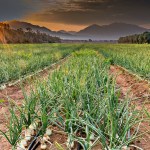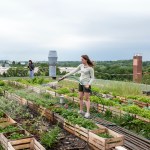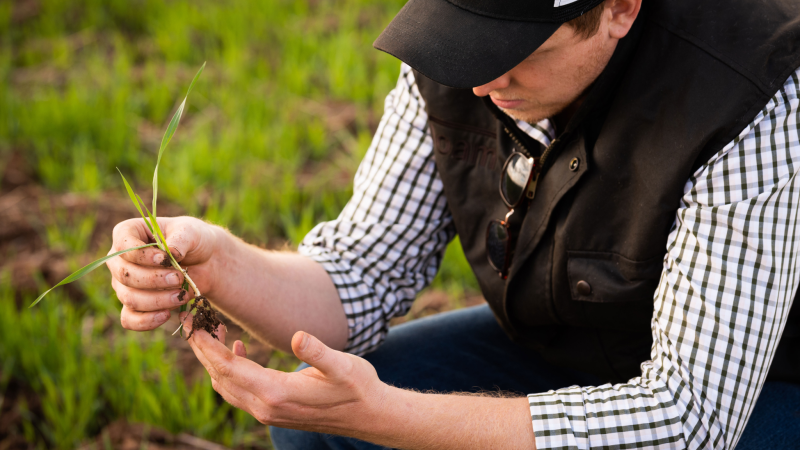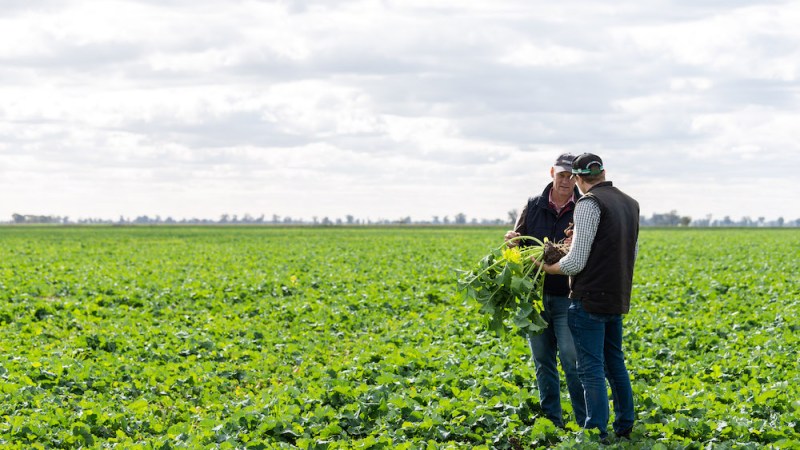After years of failing to adequately address a number of farmers’ concerns around the $10…
Inland rail to benefit farming communities
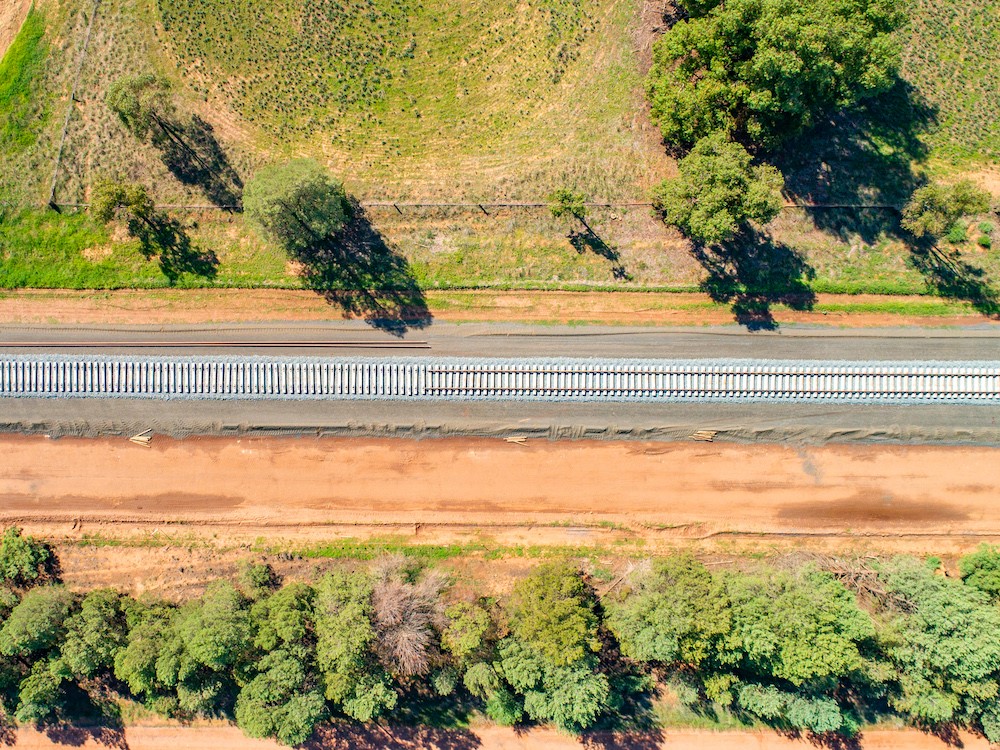
The construction of Inland Rail will add flexibility and resilience to the national network by providing an alternative route away from the existing rail line up the east coast of Australia, which has been hit by floods, fires and landslips as a result of multiple weather events in recent years.
The ability for Inland Rail to link into existing networks allows greater flexibility for operators when something goes wrong. It will also ensure the national freight network is more resilient in the face of future challenges.
The plans for 1,700 kilometres of freight rail down the spine of eastern Australia will mean the Inland Rail is ensuring the economic viability of producers needing to get animals and produce to major centres for both domestic and export markets. It is planned to deliver track record of 98 per cent reliability for transporting freight.
With less than 24-hour transit time from Melbourne to Brisbane, farmers are getting the competitive edge needed to attack the re-emerging international markets.
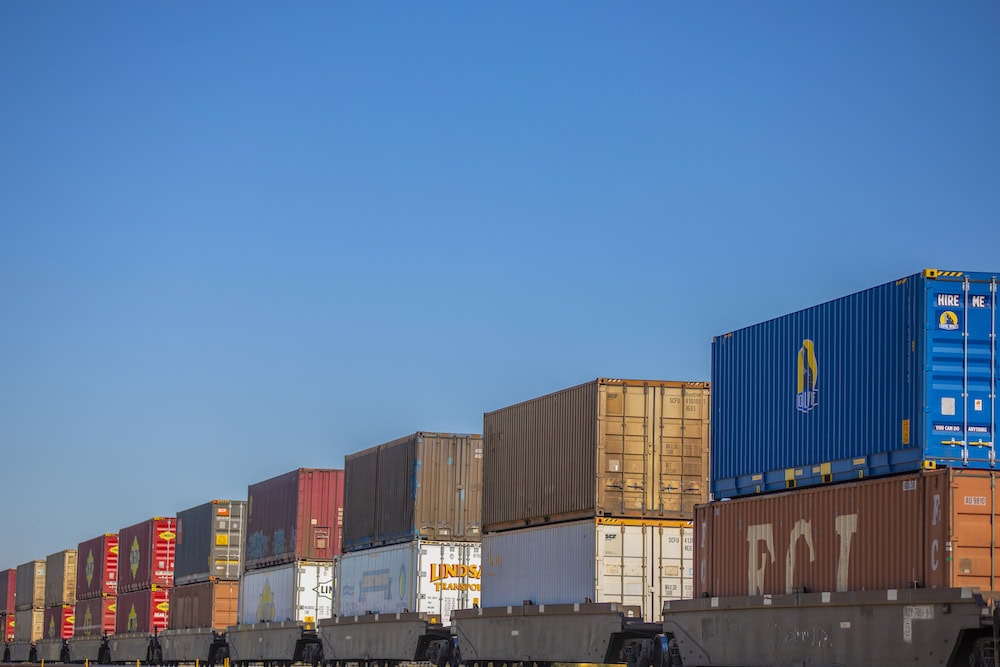
The rail network between Narrabri and Moree opened in early December 2022, with major construction works through to North Star set to be finished this year.
Rebecca Pickering, Inland Rail’s Chief Executive, said the project was creating a new freight future for Australia. She said that despite various unavoidable setbacks – such as the weather – the planned construction was gaining momentum, and in some areas ahead of schedule.
“We are really looking forward to continuing that momentum in 2023,” she said.
“The work we are doing is not only connecting Australia’s freight network, but is also a real catalyst for communities and businesses to unlock benefits and opportunities.
“Those benefits are clear from the first phase of construction between Narrabri and North Star, which has supported work for nearly 2,000 people since September 2020, including more than 660 locals – of which 180 are First Nations workers.
“In addition, nearly 140 local businesses have shared in nearly $225 million of contracts supporting and servicing the build – helping to spread the benefits of Inland Rail across the local economy.
Inland Rail Chief Executive Rebecca Pickering
“We are also very proud that our Inland Rail Skills Academy has already delivered training to more than 2,000 people along the alignment, helping to develop the skills needed to build a better future for our communities.
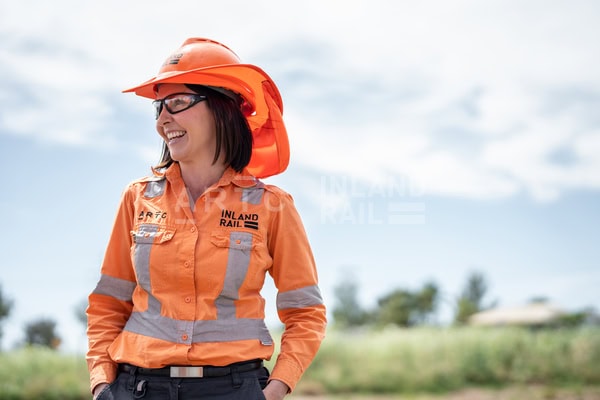
Mrs Pickering said the network was not only connecting rural and regional Australia to the major distribution centres of Sydney, Melbourne and Brisbane, it’s also proving to be a catalyst for communities and businesses to unlock benefits and opportunities.
With the flood waters still slowly receding in some areas, teams of emergency repair workers have managed to replace the kilometres of track torn up by the water. Now, despite the damage done, the system is largely up and running.
On the right track for Moree SAP
Moree and surrounding areas have experienced major flooding events over the past three years due to the impact of La Niña weather, with the Mehi and Gwydir flood plain requiring a track rebuild and many other areas experiencing washaways and infrastructure damage.
Moree Plains Shire Council Mayor, Councillor Mark Johnson, sees the development of his district as a Special Activation Precinct – providing a major transport hub for the movement of primary produce from surrounding areas to Sydney, Melbourne and Brisbane – as a vital component in the development of Australia’s rural sector.
“Moree is one of five Special Activation Precincts or SAPs. Essentially the idea of an SAP is to have a designated area – a commercial hub providing opportunity for businesses to come to town,” Cr Johnson said.
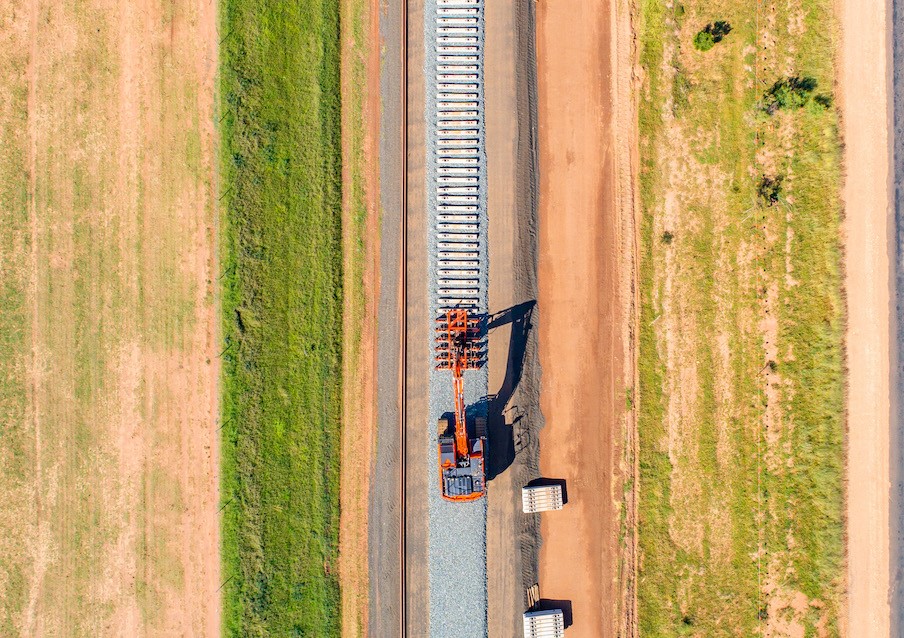
“The Special Activation Precinct for Moree is a once-in-a-generation opportunity for this town. We’ve had 10 to 15 years of declining population and for the first time the state government is projecting that we’ll actually have a population increase.”
Cr Johnson indicated that as a consequence of the implementation of the SAP, the NSW Government is projecting up to 4,000 population increase which will have major knock-on effects for the town such as new housing projects and supporting infrastructure, education and health services.
“The Inland Rail Project has been on the Government’s drawing board for decades – really as a pipe dream – getting transport from Melbourne through to Brisbane and straight through our shire. We’re an agricultural-based community, producing about a billion dollars of agricultural product in any one year, and we’re very proud of our contribution to Australia’s economy.”
Cr Johnson said most of the agricultural produce from the Moree area has traditionally been trucked north or south, providing large expense for farmers.
“It really chews into their gross margins, so to be able to put that in containers on a train that’s 1.3 kilometres long – heading north and south – will create great cost efficiencies for our farmers.”



